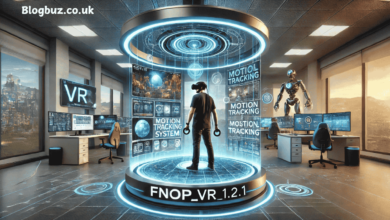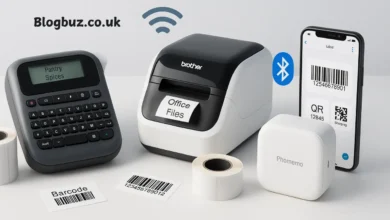Remote Patient Monitoring Platforms in Cardiovascular Disease Management

CVD emerges as one of the worldwide leading causes responsible for mortality statistics. Routine monitoring and customized medical treatment lead to decreased cardiovascular risks such as heart attacks along with strokes and heart failure. The deficit in ongoing medical care under traditional healthcare systems prompted healthcare professionals to develop specific Remote Patient Monitoring (RPM) platforms aimed at cardiovascular disease management.
How Remote Patient Monitoring Platforms Work for Cardiovascular Care
The cardiovascular disease management features of RPM platforms use different medical tracking devices to monitor vital statistics including heart rate and blood pressure together with electrocardiograms and oxygen saturation levels. This technology sends continuous patient data through the cloud until healthcare providers gain access to the information.
RPM heart health monitoring allows detailed assessments in addition to fundamental data collection from patients. The continuous heart rate variability monitoring function of the devices enables clinicians to gain insights into the patient’s autonomic function as well as their cardiovascular well-being The platform generates timely notifications for medical care professionals whenever crucial measurement thresholds are crossed so they can promptly change patient treatments through medical or lifestyle adjustments.
Key Features of Cardiovascular RPM Platforms
Continuous ECG Monitoring
The leading advanced feature present in cardiovascular RPM platforms enables patients to maintain uninterrupted electrocardiogram (ECG) monitoring through their devices. Through wearable technology, RPM platforms give patients the ability to keep track of their ECG continuously whereas traditional ECG tests traditionally have intermittent short periods of observation. Such monitoring systems deliver immediate updates about heart health status to help detect irregular heartbeats which might escape standard clinical observations.
Blood Pressure Monitoring and Data Integration
Heart health monitoring depends heavily on blood pressure measurement while unregulated hypertension stands as an important heart disease risk factor. The cardiovascular RPM platforms incorporate automated home blood pressure monitoring equipment to let patients measure their blood pressure frequently at home. Healthcare providers access the platform to monitor trends through automatic data uploads. They can then intervene at suitable times.
Remote Monitoring of Heart Failure
RPM platforms deliver essential clinical information about fluid retention weight changes and heart function status for patients dealing with heart failure. The platforms use smart scales and wearable devices to monitor heart failure symptoms including shortness of breath or swelling because these symptoms signal potential deterioration in heart failure. Early detection of symptoms allows healthcare providers to modify treatment methods and reduce the need for hospital admissions.
The Impact of RPM Platforms on Cardiovascular Disease Management
Improved Early Detection of Complications
RPM platforms serve cardiovascular care by delivering early detection capability as their major benefit. The continuous heart health tracking capability of RPM platforms enables health caregivers to receive alerts that warn about worsening patient conditions followed by immediate clinical responses. Healthcare providers benefit from a proactive approach through RPM platforms because such platforms help avoid hospitalizations while concurrently reducing risks for stroke or heart attack together with improving patients’ long-term health.
Enhanced Treatment Plans and Personalization
Healthcare professionals can develop custom-made and data-optimized treatment strategies using RPM monitoring systems. The system provides real-time heart health data so medical staff can modify treatments along with health behavior recommendations while also triggering added diagnostic procedures. Medical treatments delivered through individual assessments yield better results and help patients acquire effective cardiovascular disease management.
Reducing Healthcare Costs
The high initial expense for RPM technology systems remains justifiable because these systems promise lower healthcare expenses over the complete treatment period. RPM platforms enable early warnings that stop unnecessary hospital stays or emergency room events which results in healthcare savings and cost reduction of managing cardiovascular diseases. The technology also helps lower the requirement for numerous office visits so providers alongside their patients obtain cost-efficient management solutions.
Conclusion
Through Real-Time telemetry monitoring platforms, cardiovascular disease care management has evolved toward better individualized therapeutic solutions and constant disease monitoring. Remote platforms enhance disease detection along with increasing patient involvement and they enable better healthcare outcomes together with lower expenses. Despite implementation hurdles, the future outlook of cardiovascular RPM remains positive because technological developments will expand its ability to improve patient health results. These evolving platforms demonstrate essential value in healthcare by sustaining the fight against cardiovascular diseases in the future.




